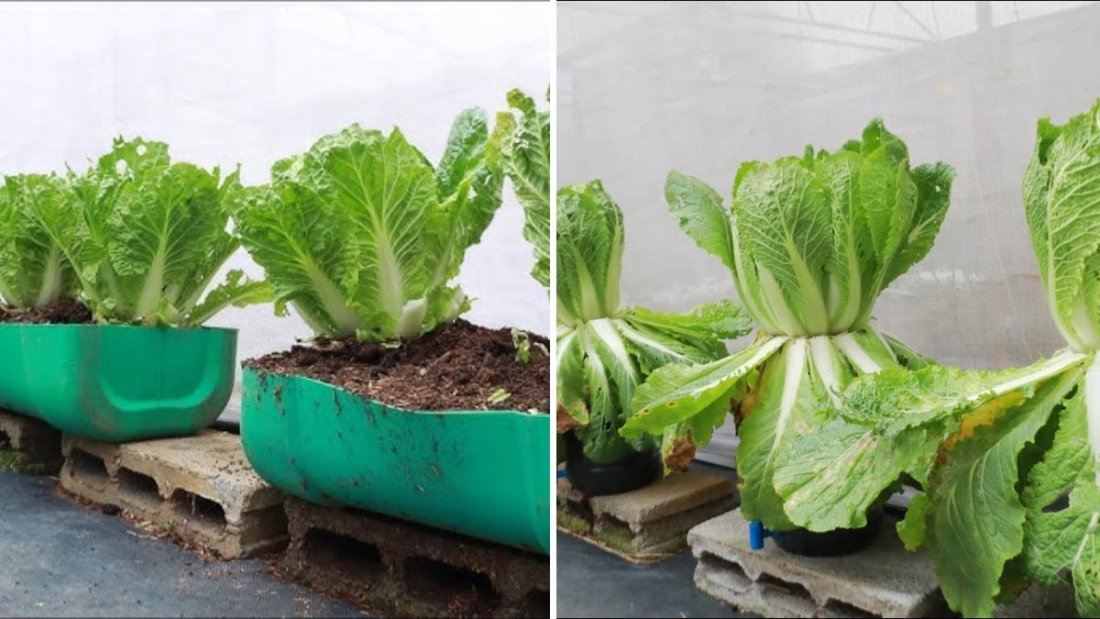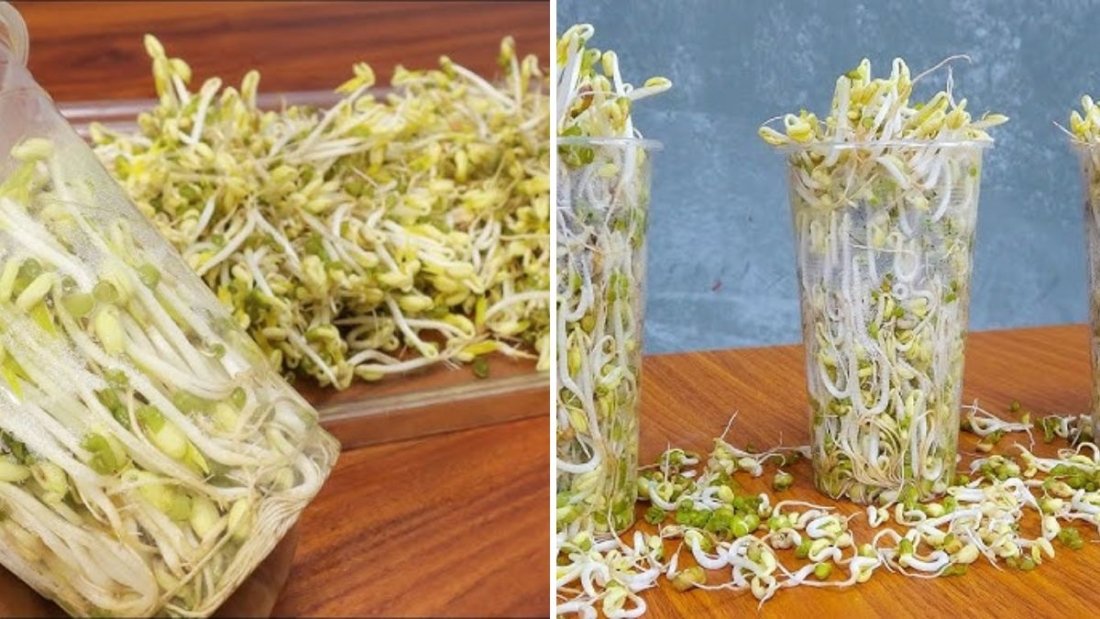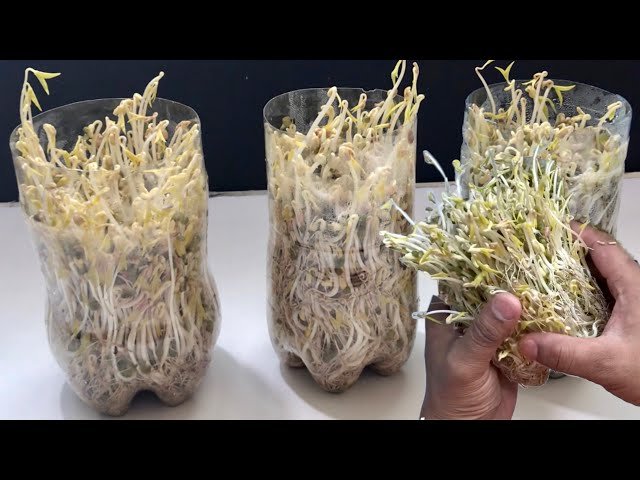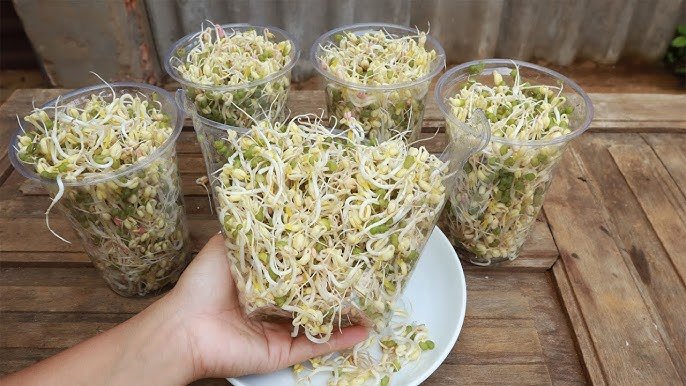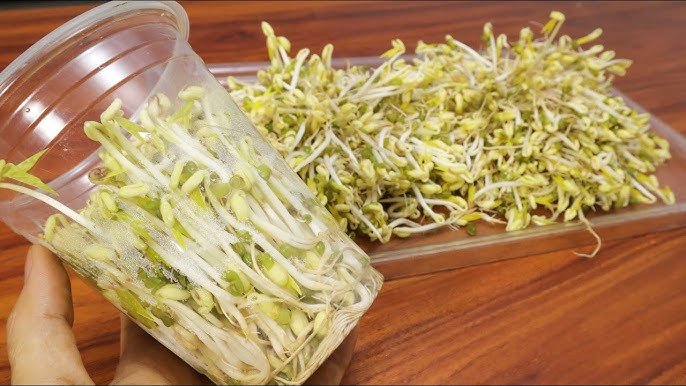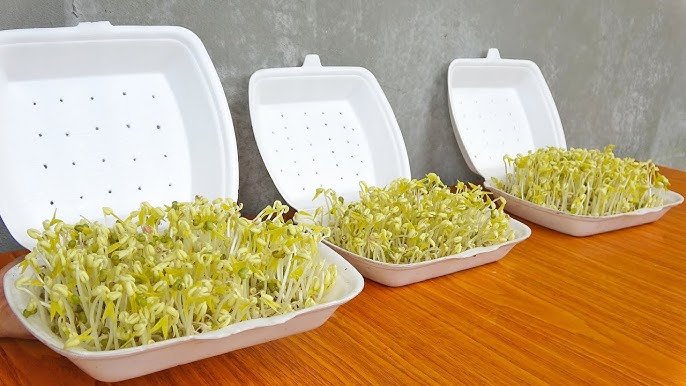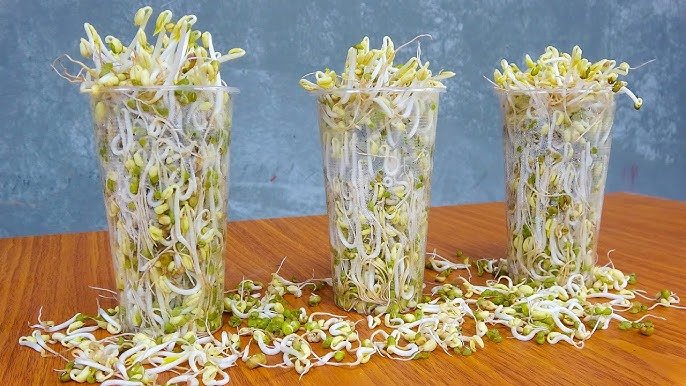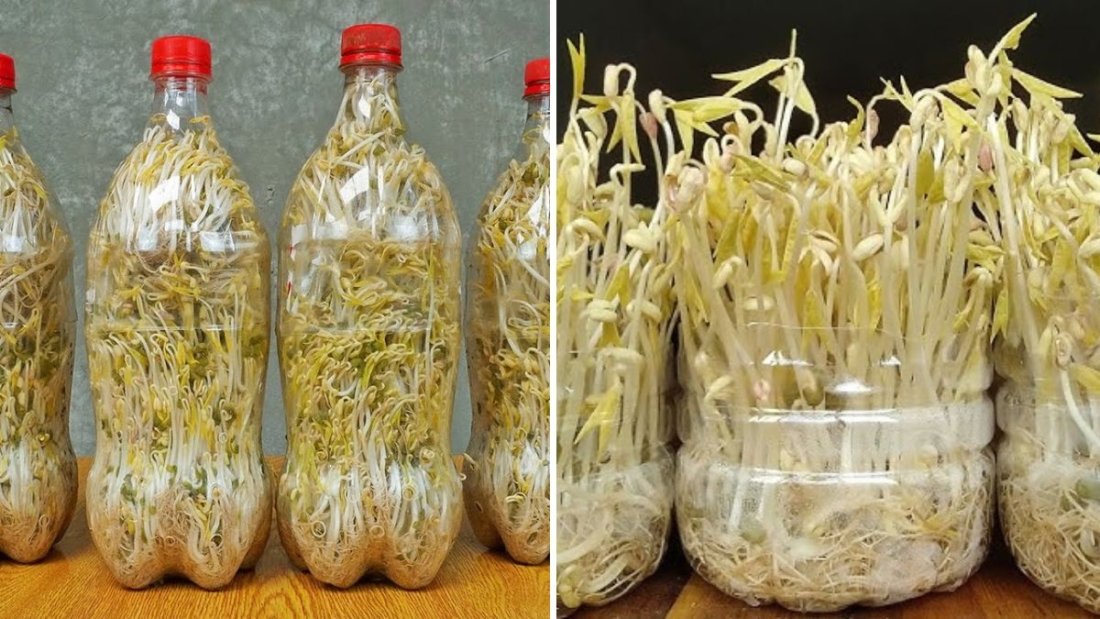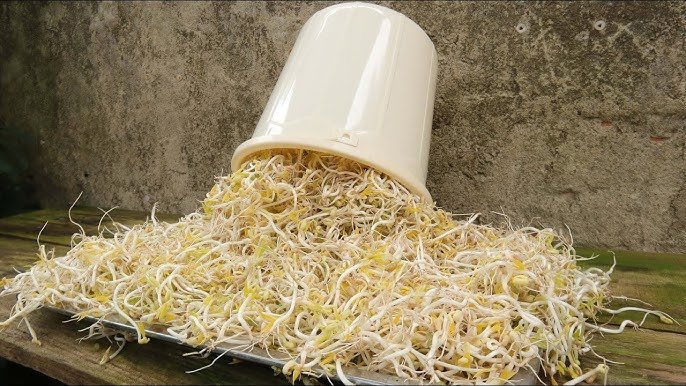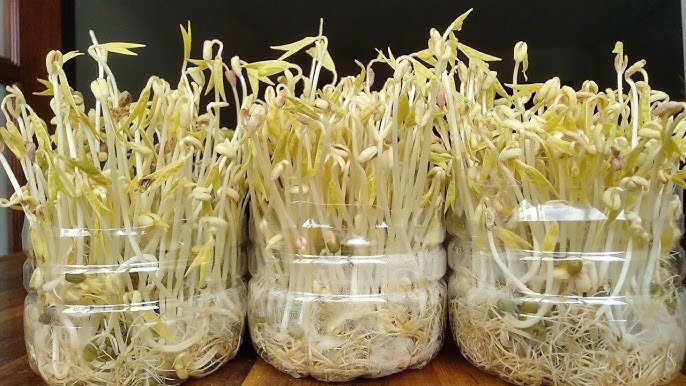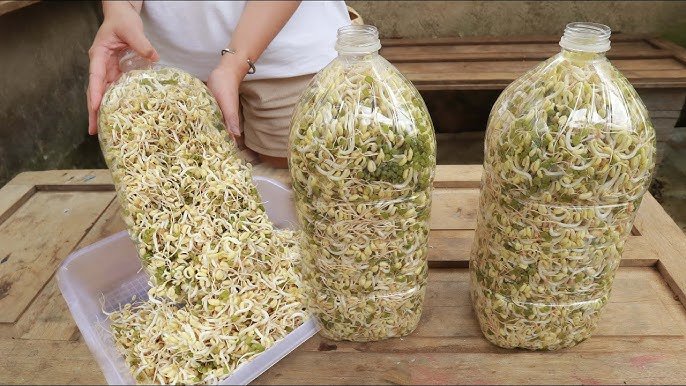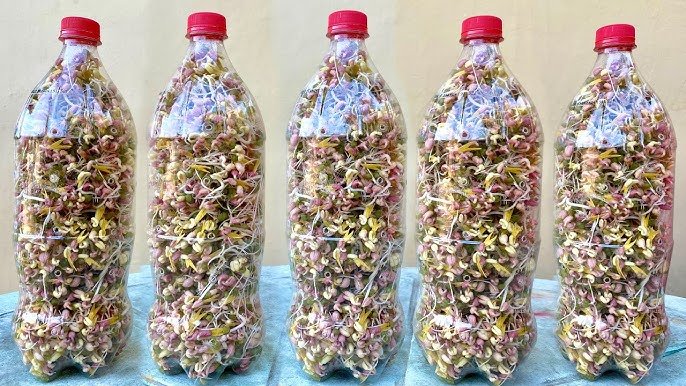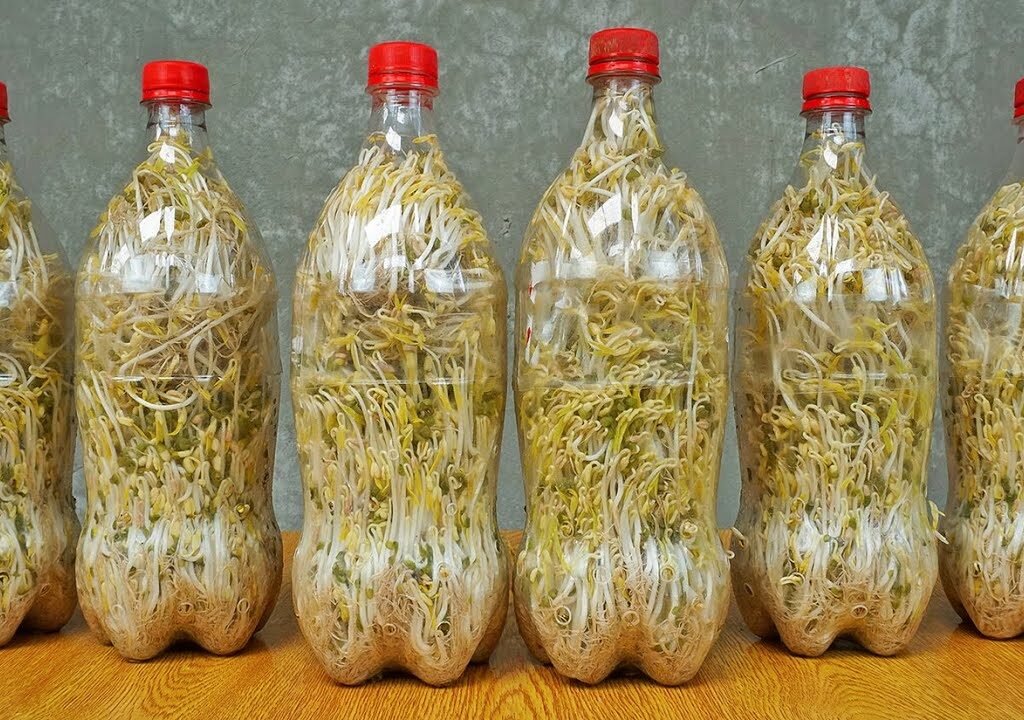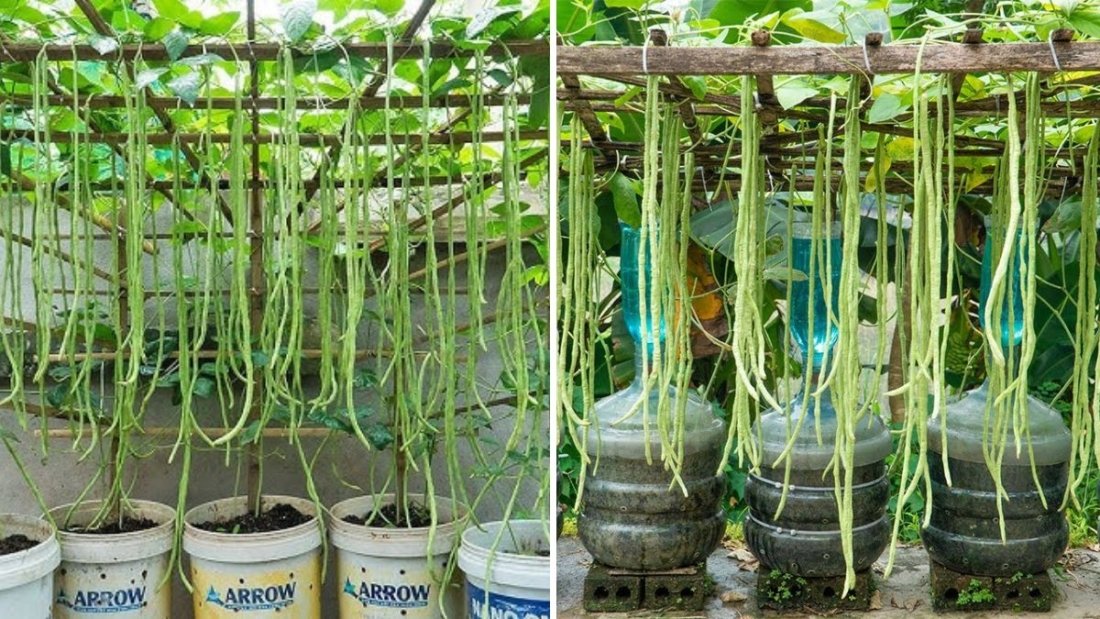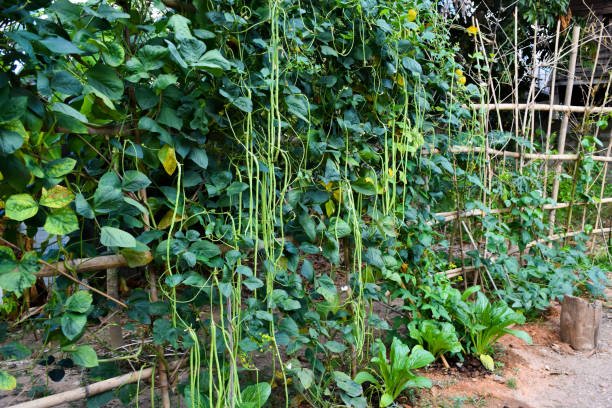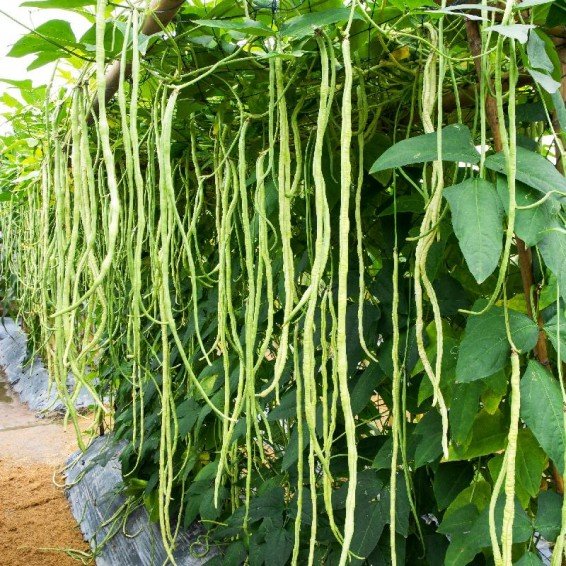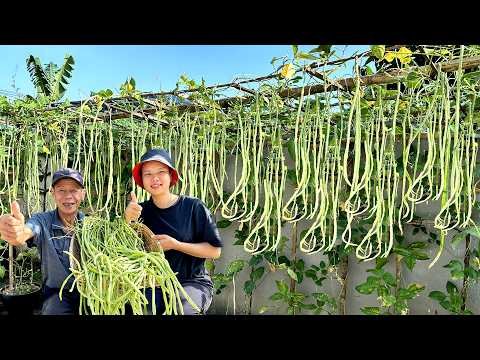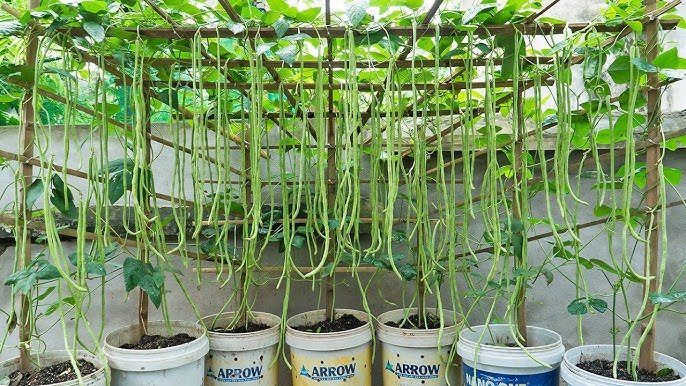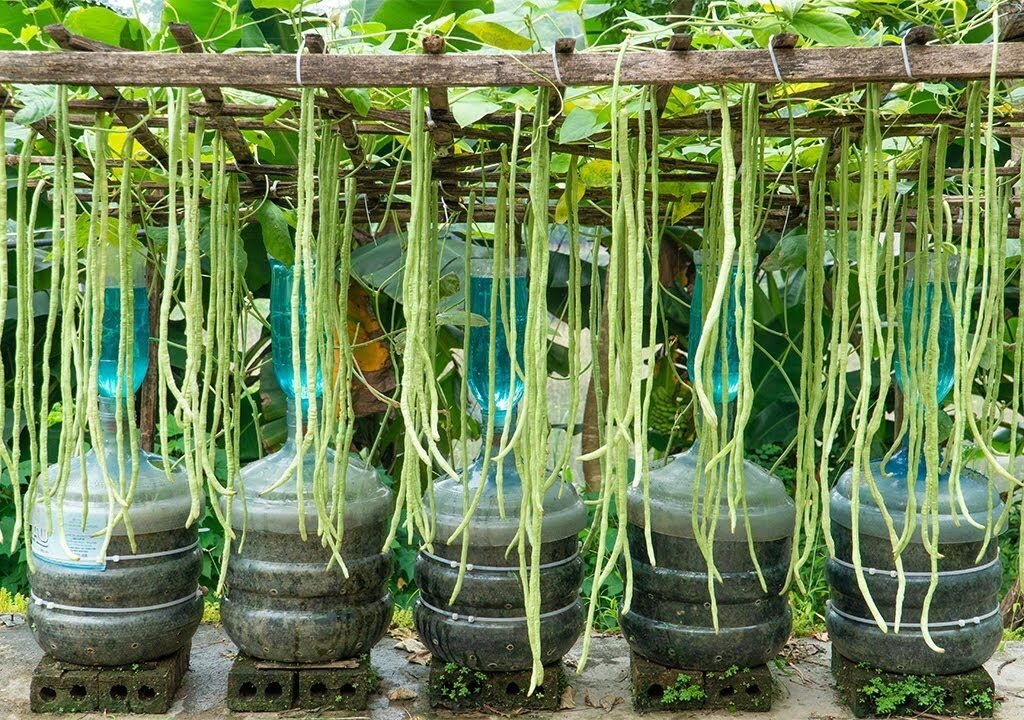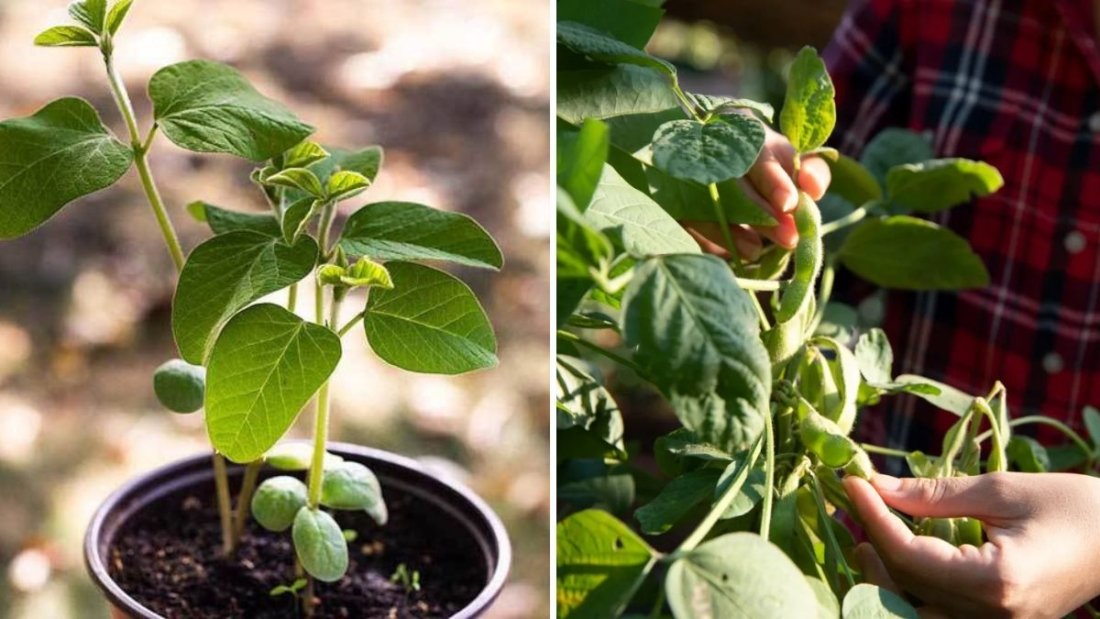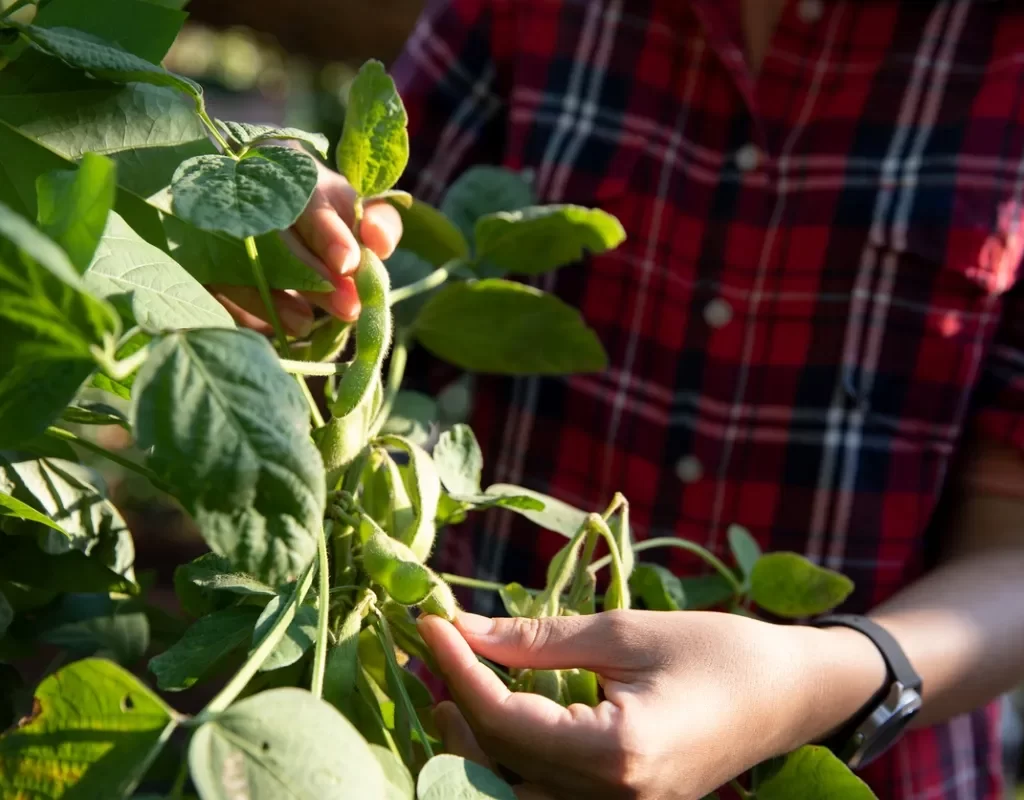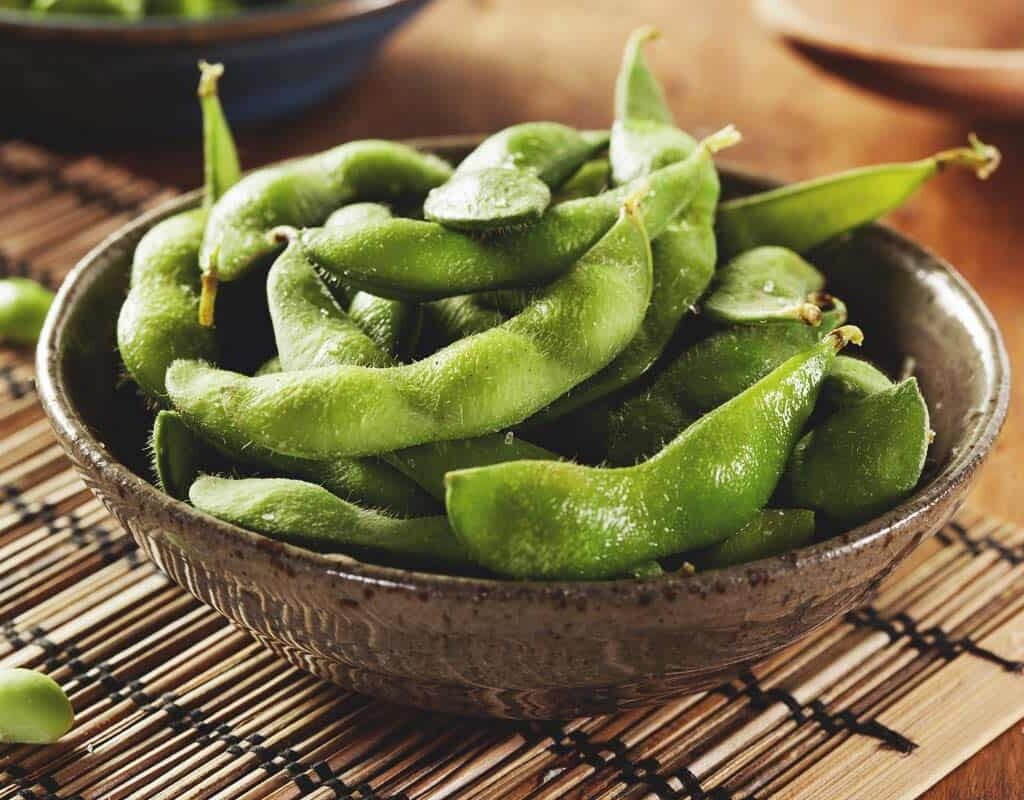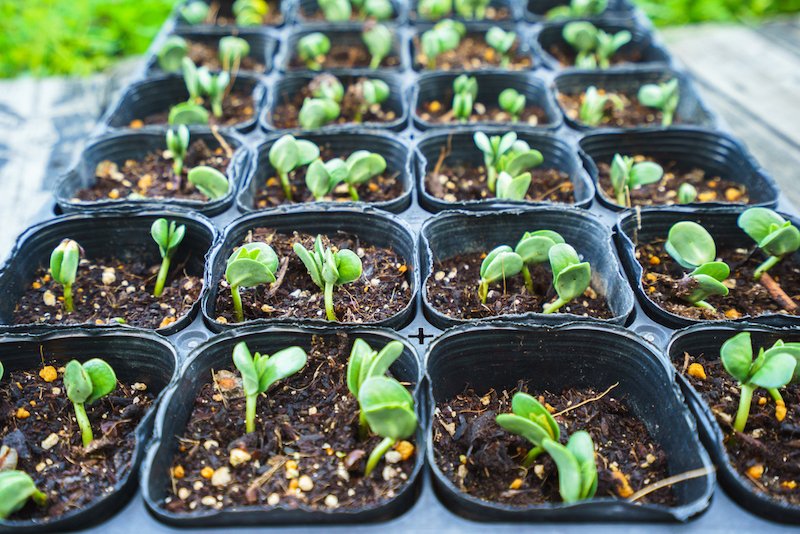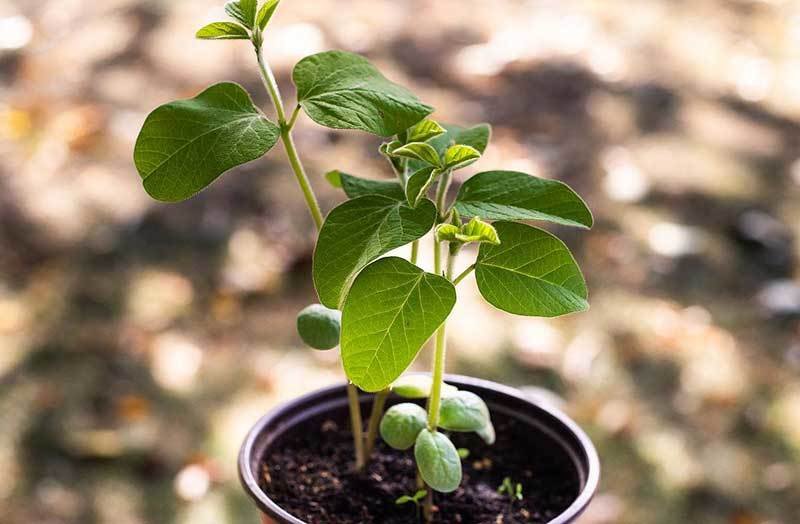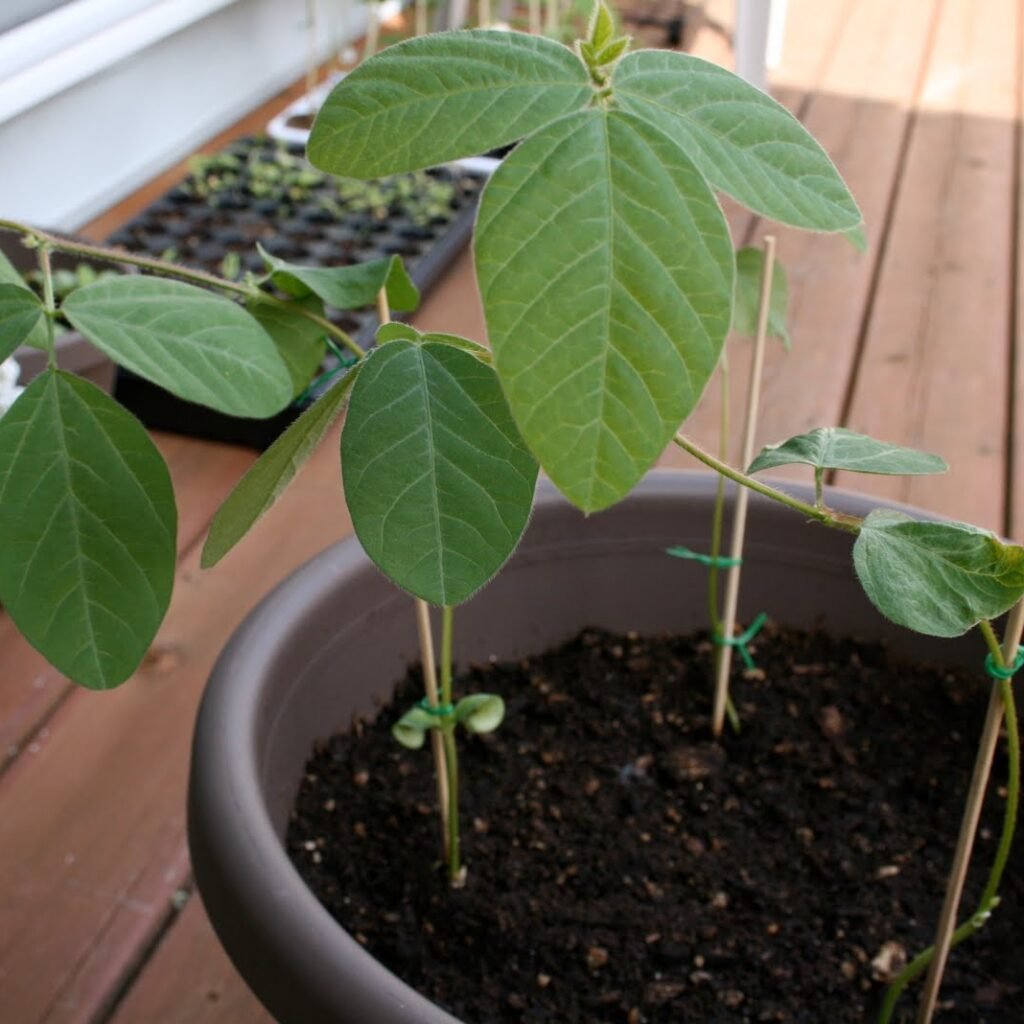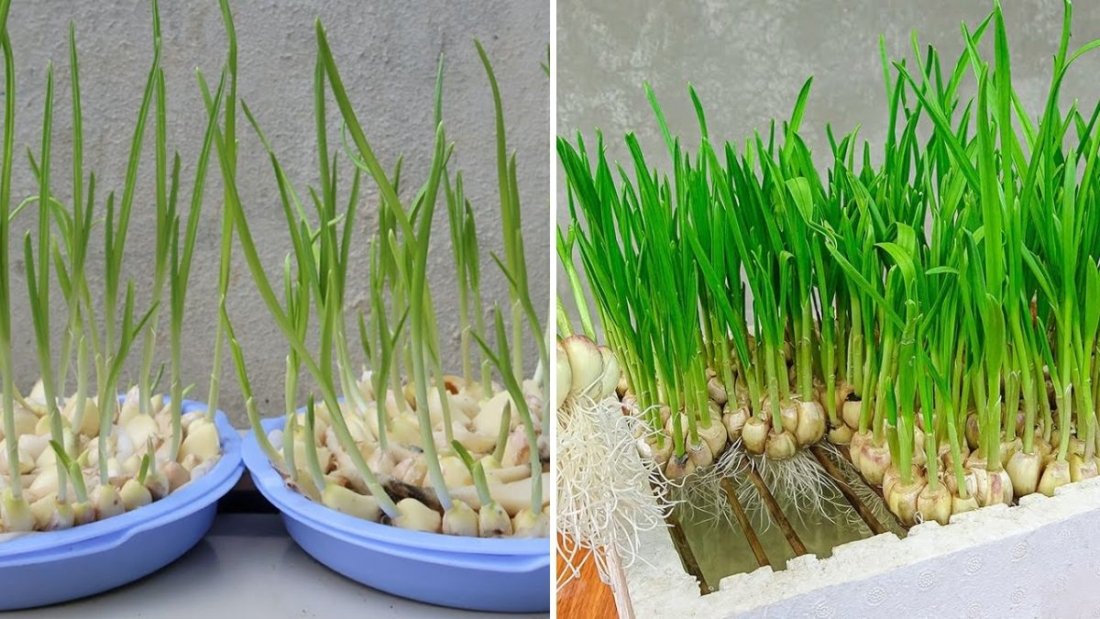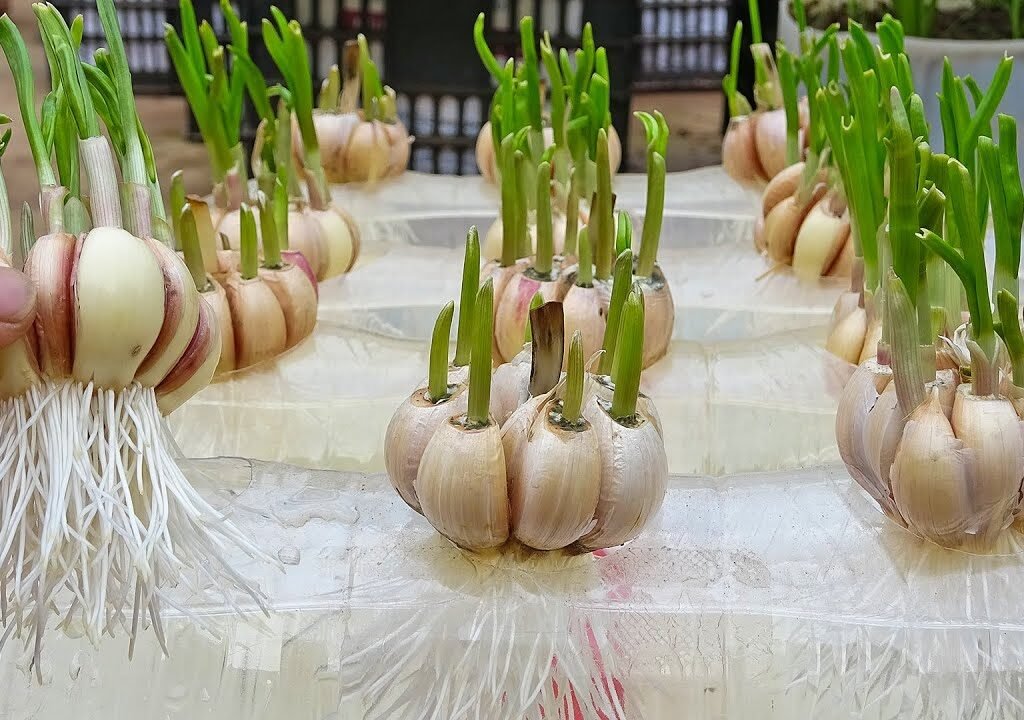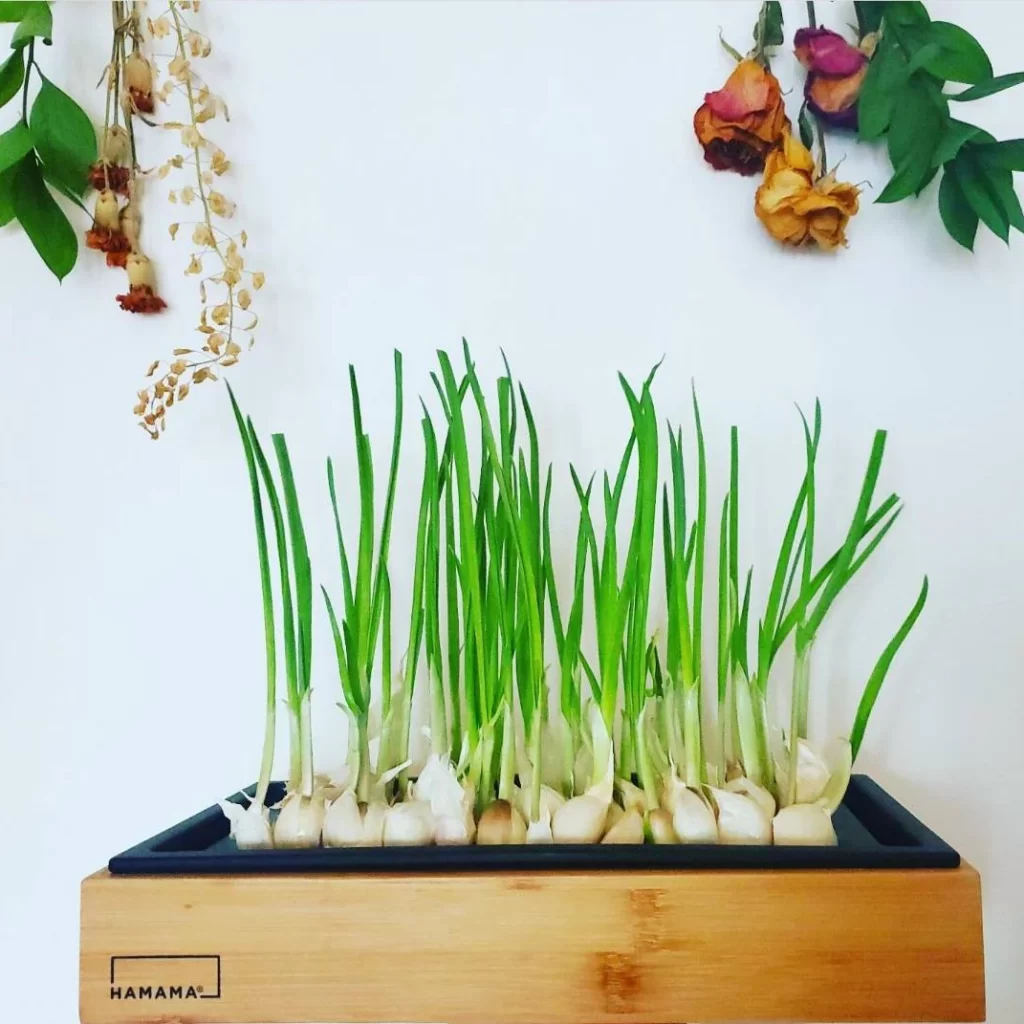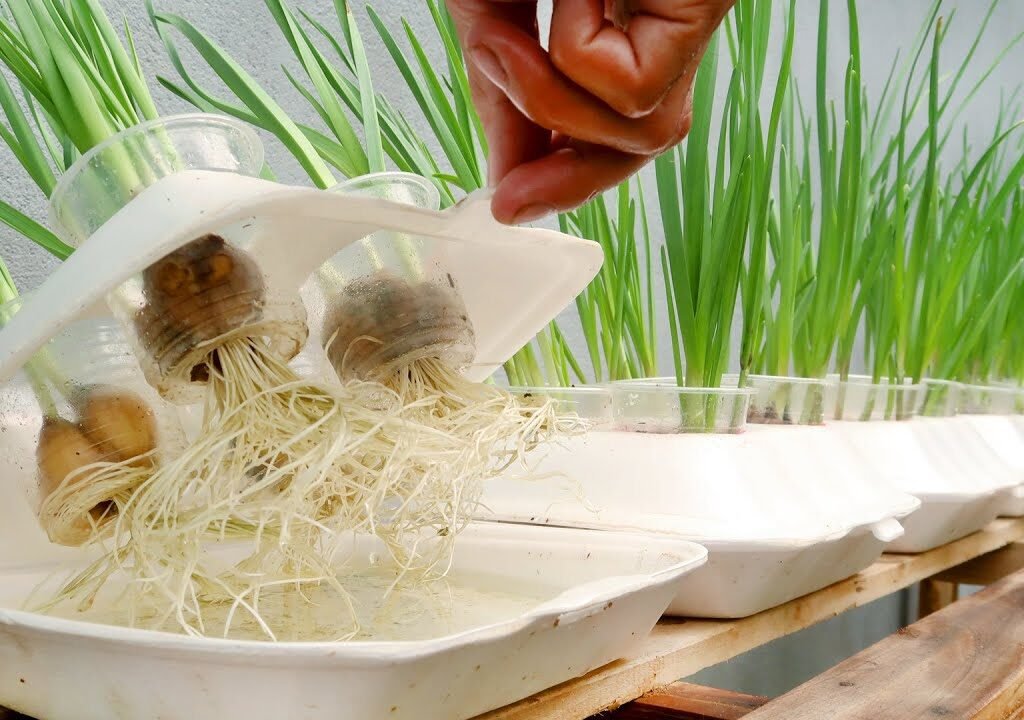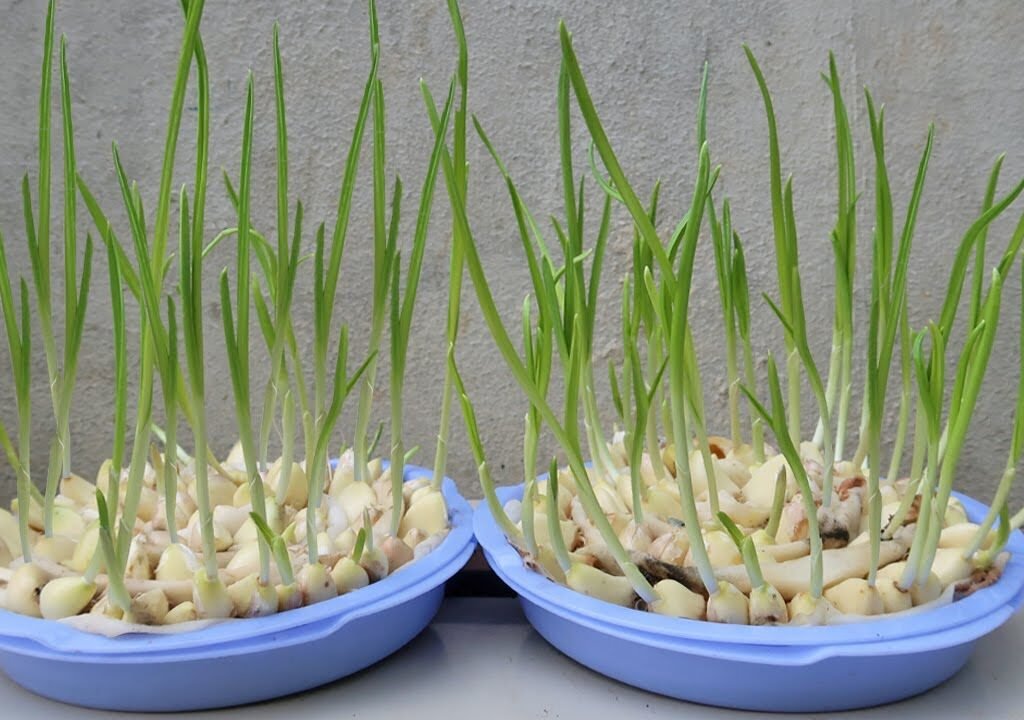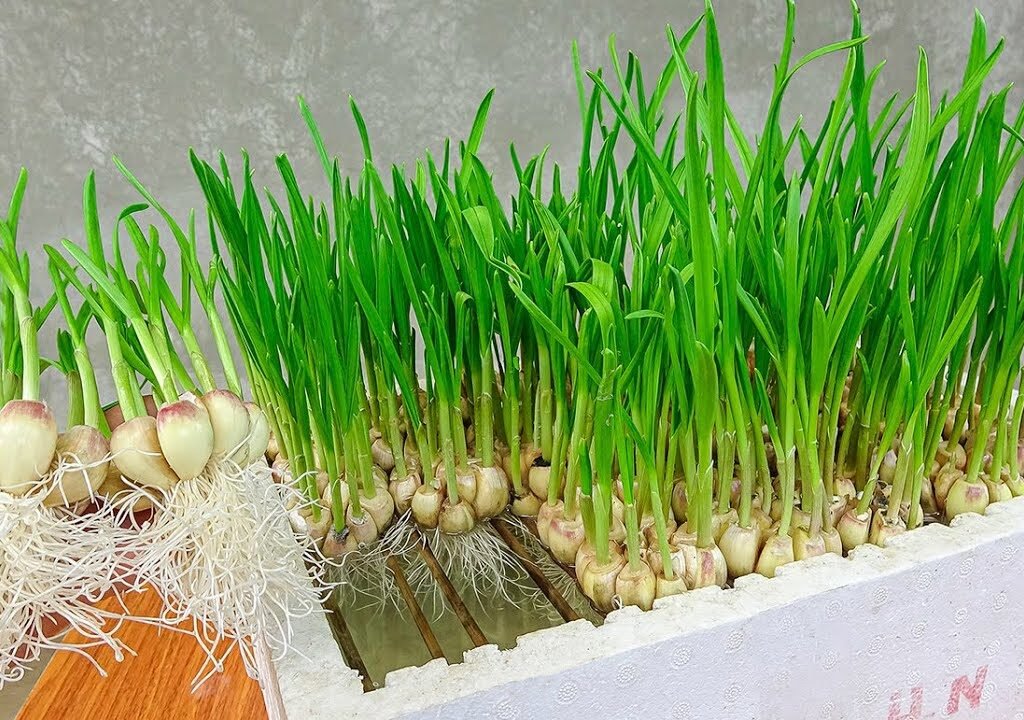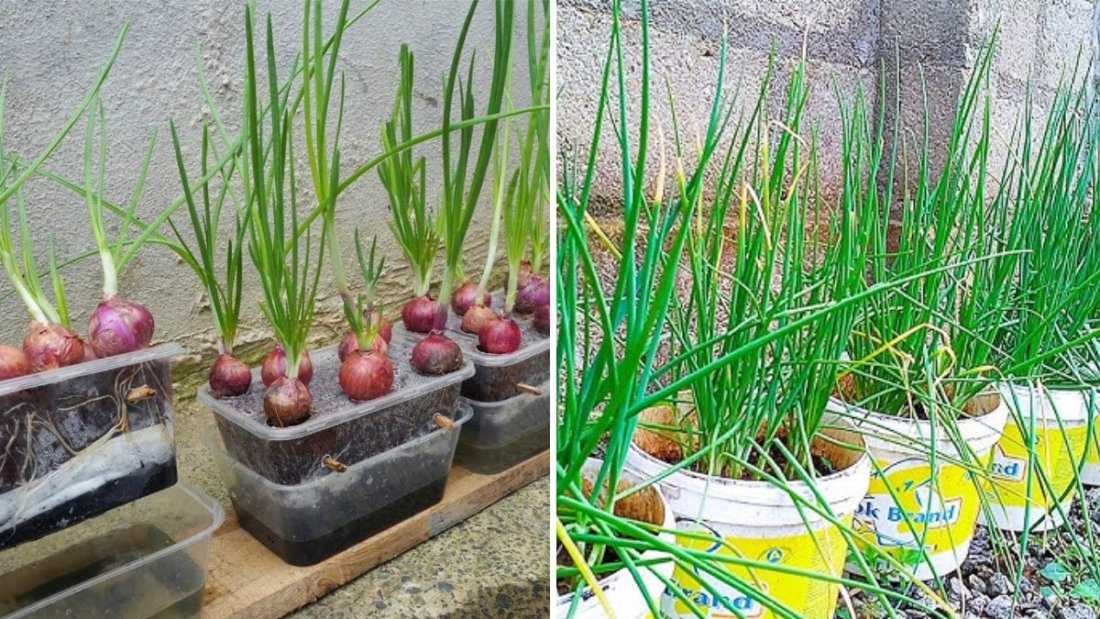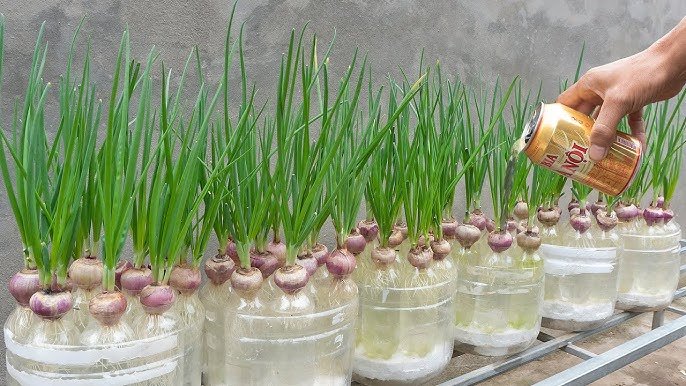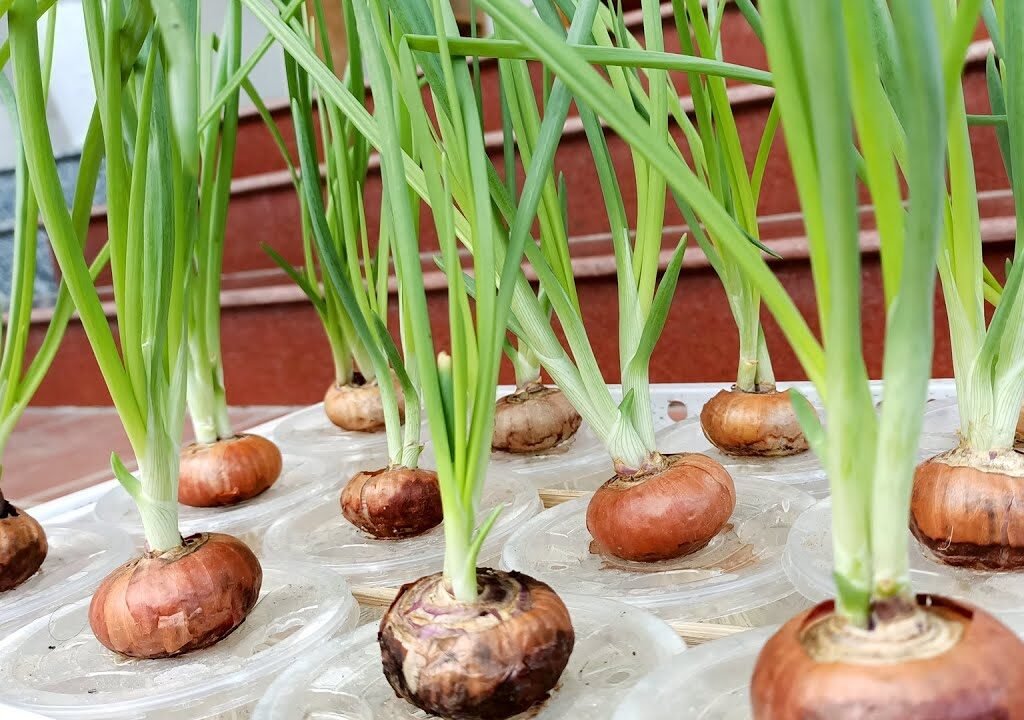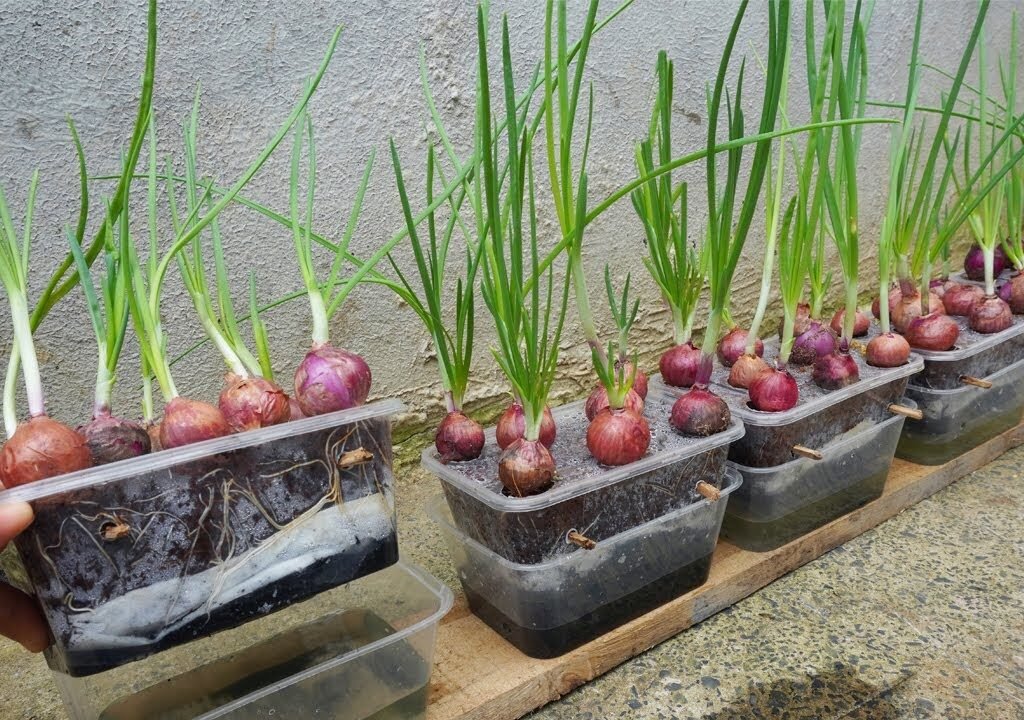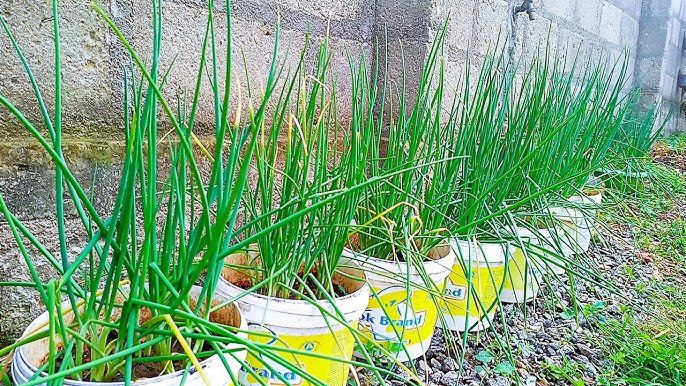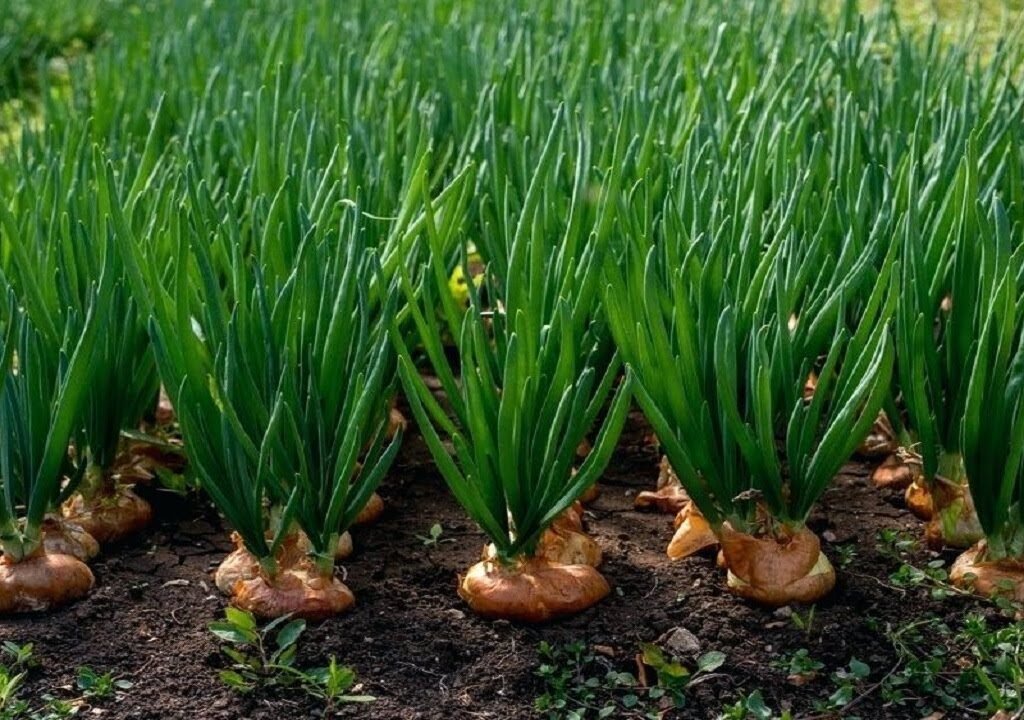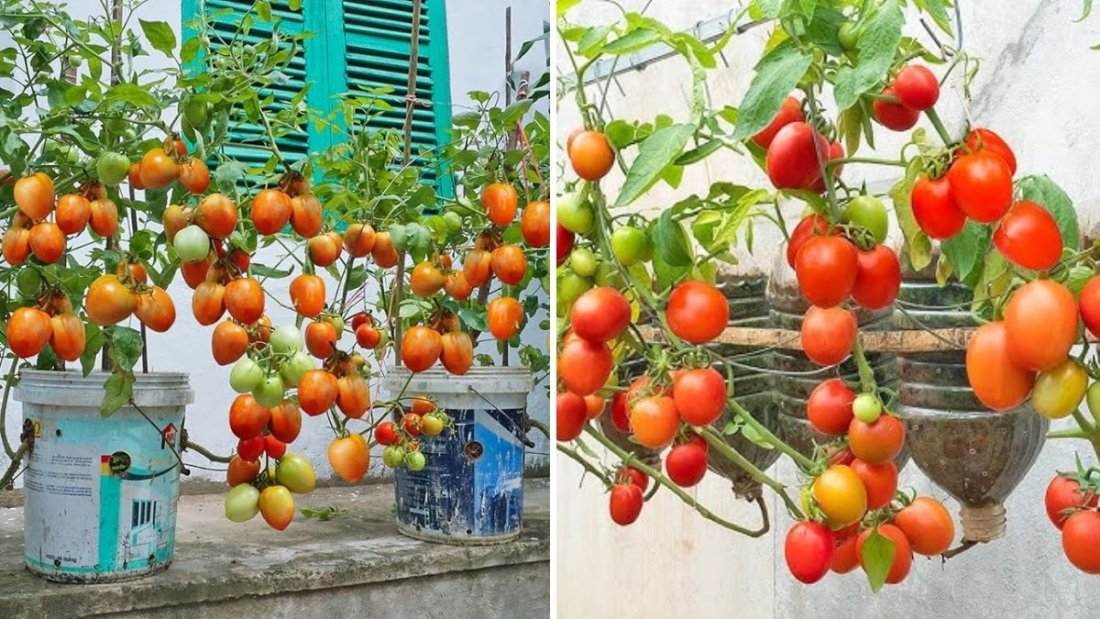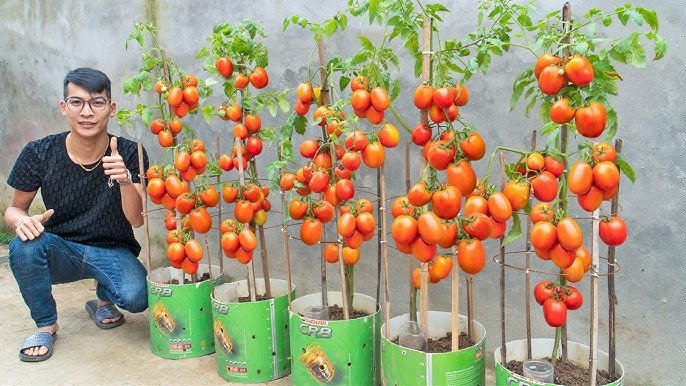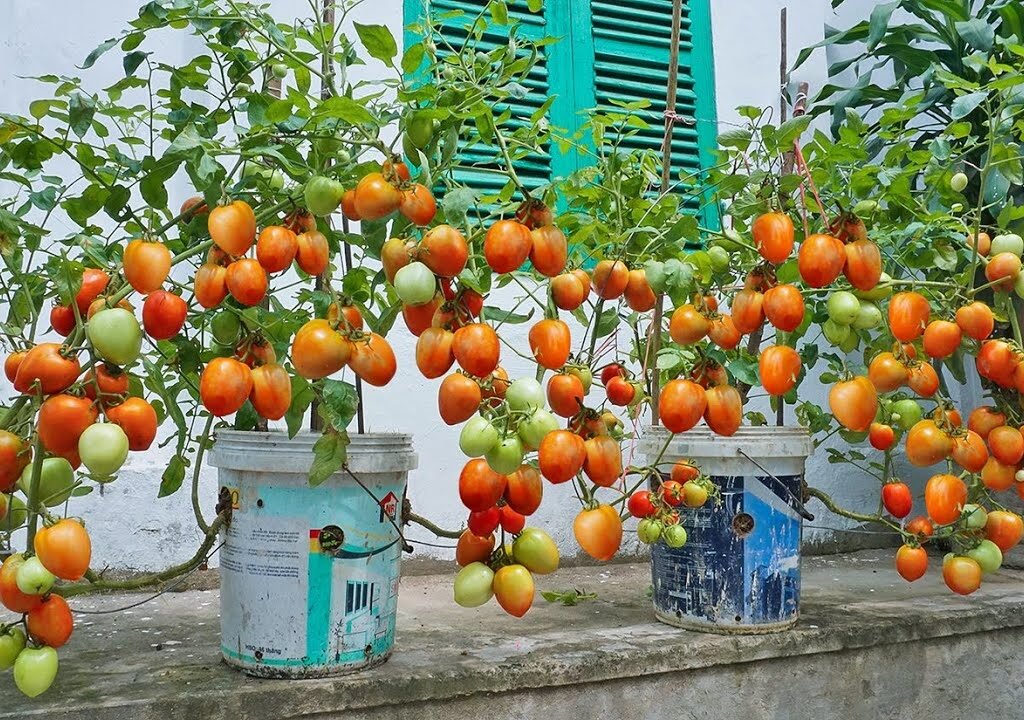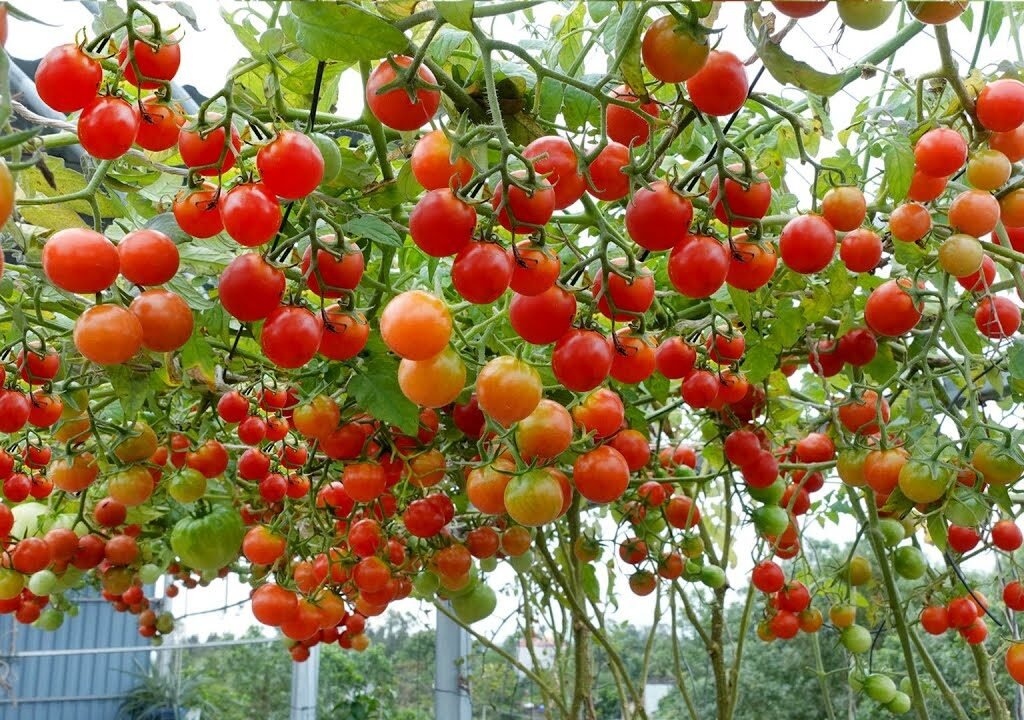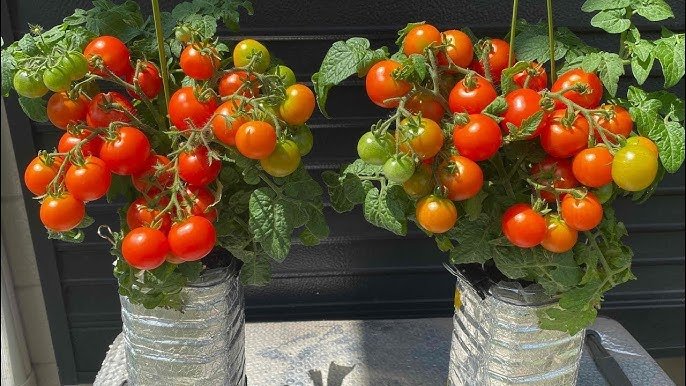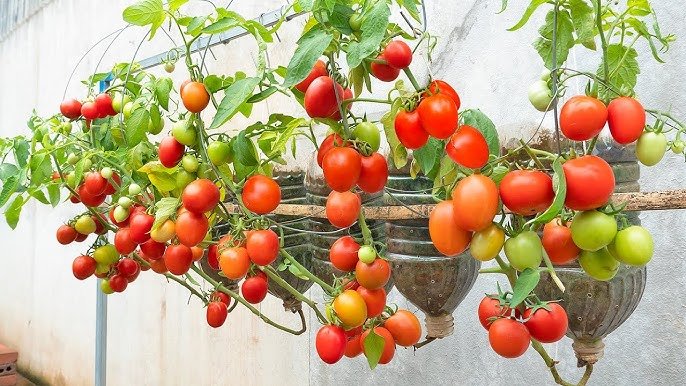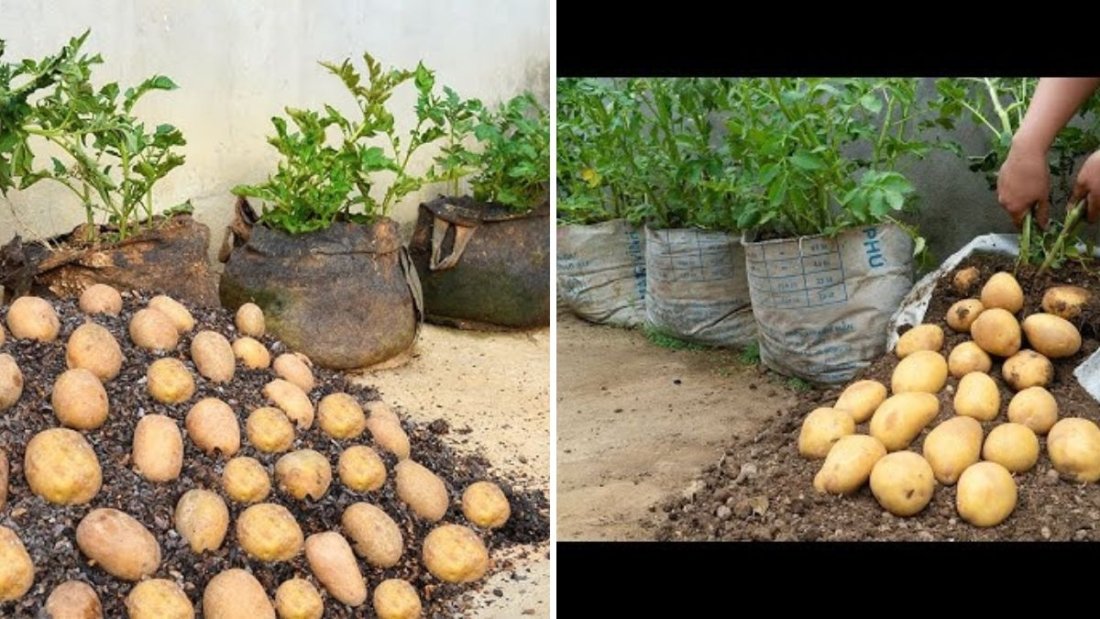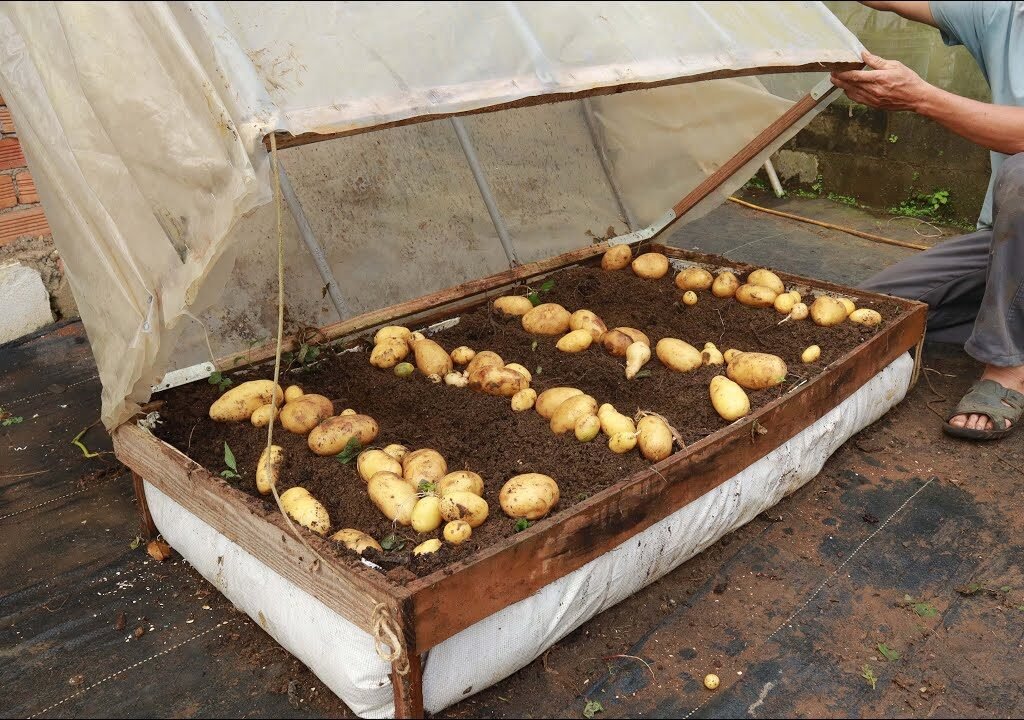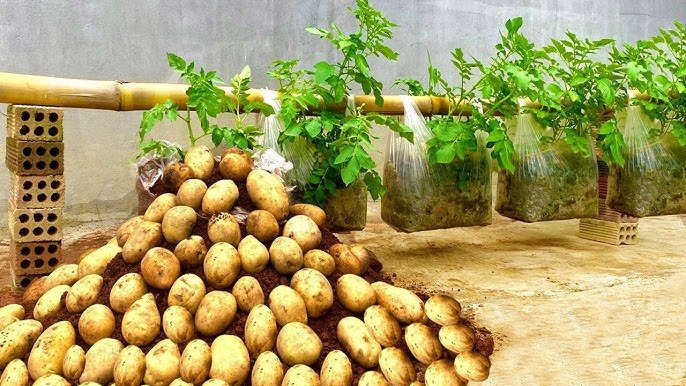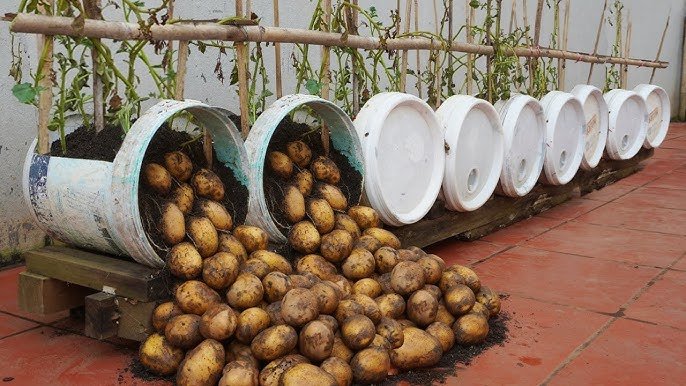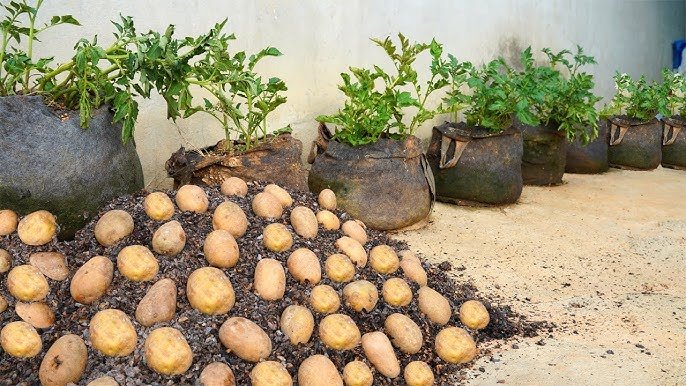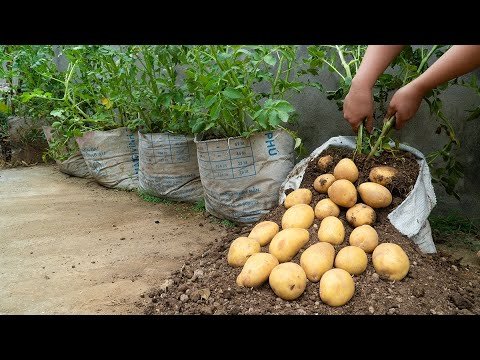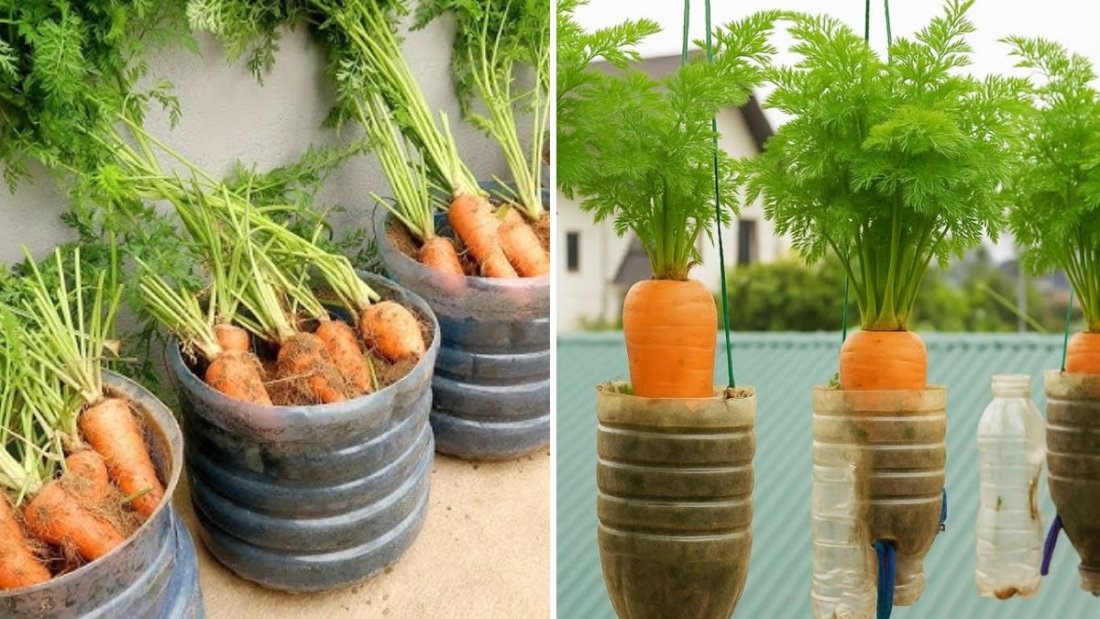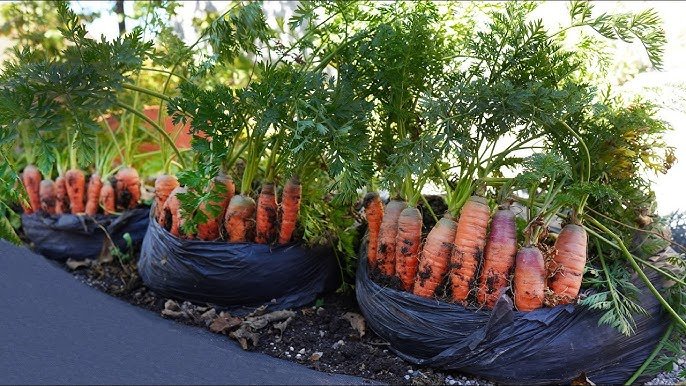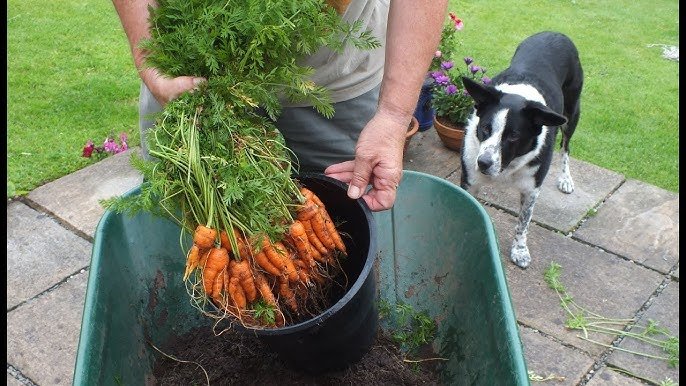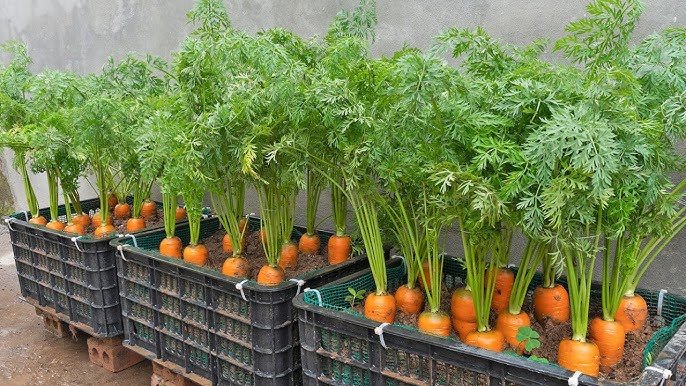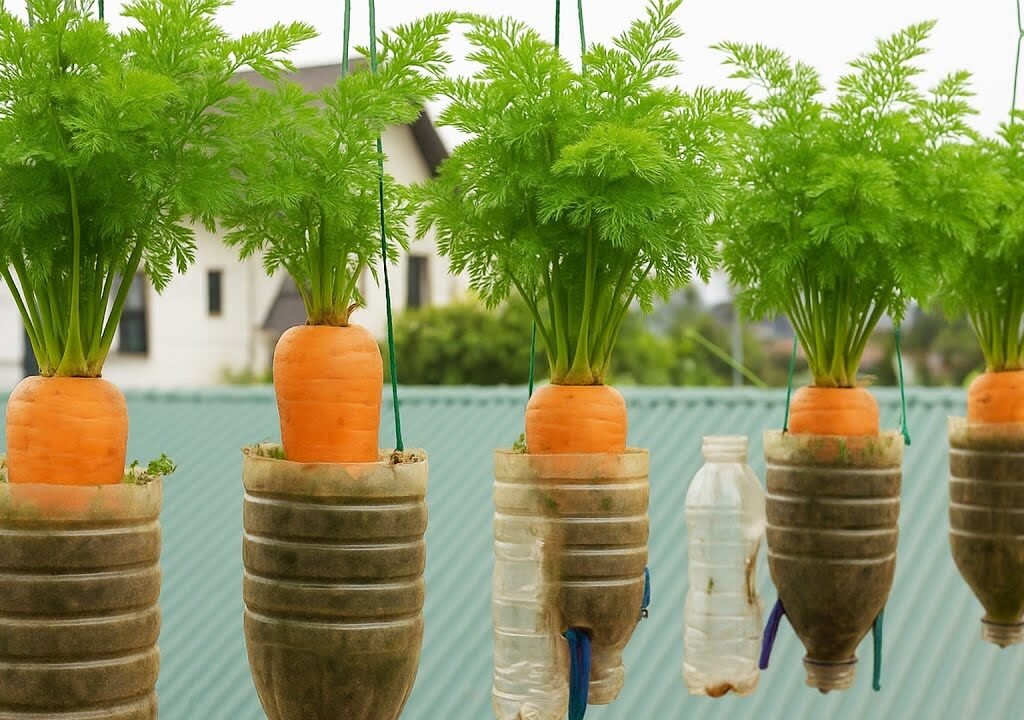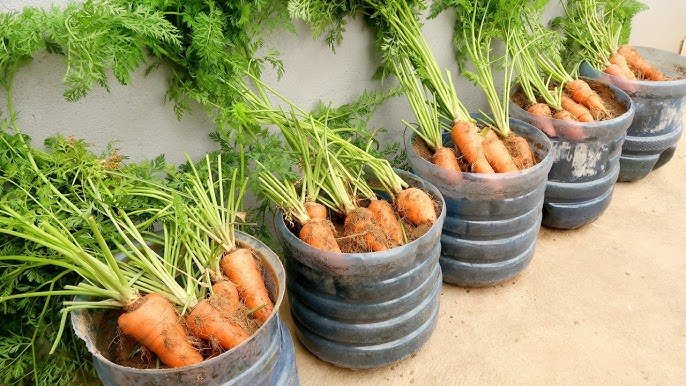Who would have thought that a humble plastic bottle could grow a lush, healthy, and full-sized Napa cabbage? It sounds almost impossible — yet gardeners around the world are proving that even limited space can produce an abundant harvest. If you live in an apartment, have a small balcony, or just want to try an eco-friendly DIY gardening project, growing Napa cabbage in a plastic bottle might be the perfect experiment.
In this post, you’ll discover how to grow Napa cabbage successfully in a small plastic bottle — from preparation and planting to caring for your plants and harvesting crisp, tender leaves. This unexpected method not only saves space but also recycles waste while giving you fresh, organic greens right at home.
Why Grow Napa Cabbage in a Plastic Bottle?
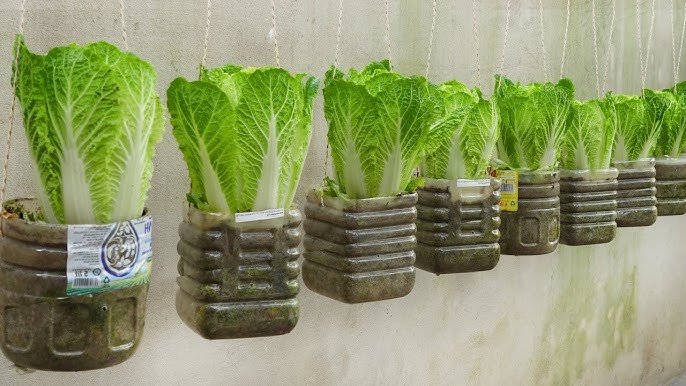
Napa cabbage (also called Chinese cabbage or Brassica rapa subsp. pekinensis) is a cool-season vegetable that’s commonly used in Asian cuisine. It’s mild, crisp, and versatile — perfect for soups, stir-fries, salads, and kimchi.
But what makes this DIY bottle-growing method special?
- Space-Saving Solution: You can grow healthy cabbages in small areas like balconies, rooftops, or window sills.
- Eco-Friendly Gardening: Reusing plastic bottles helps reduce plastic waste.
- Low Maintenance: Bottle gardens require less soil, water, and effort compared to traditional garden beds.
- Beginner-Friendly: You don’t need expensive tools or large pots — just a few simple materials.
This method proves that gardening isn’t limited by space or resources — it’s all about creativity and proper technique.
Materials You’ll Need
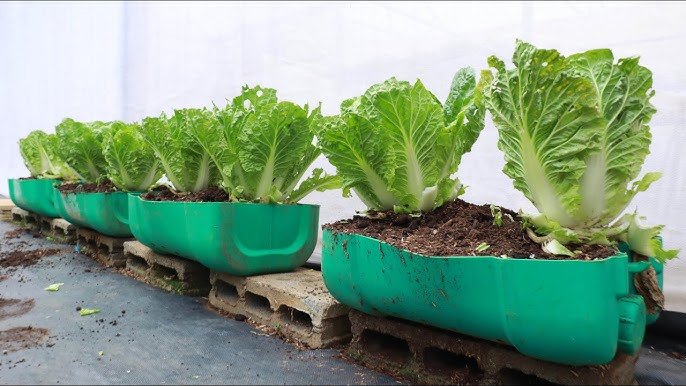
Before starting, gather these simple supplies:
- A large plastic bottle (2 to 5 liters works best)
- Napa cabbage seeds or young seedlings
- Potting soil rich in organic matter
- Compost or organic fertilizer
- A knife or scissors (for cutting the bottle)
- A watering can or spray bottle
- Small stones or pebbles (for drainage)
Optional but helpful:
- A wooden stick or stake for plant support
- A shallow tray to collect excess water
Step 1: Prepare the Plastic Bottle
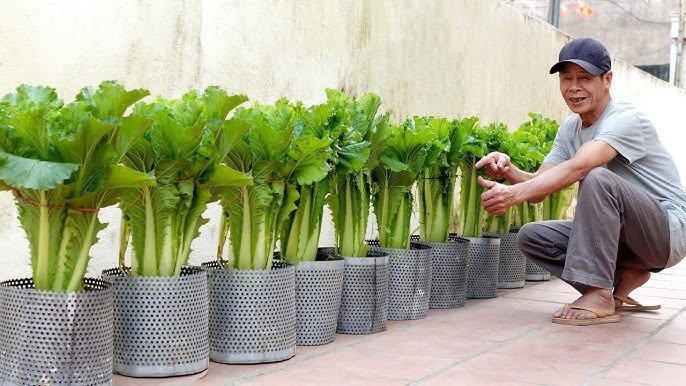
- Cut the Bottle:
Use a knife or scissors to cut the top portion off a large plastic bottle. You’ll need around two-thirds of the bottle for planting. - Make Drainage Holes:
Poke several small holes at the bottom to allow water to drain properly — this prevents root rot. - Add a Drainage Layer:
Place small stones, gravel, or pebbles at the bottom of the bottle for better aeration and water flow. - Fill with Soil:
Add a mix of garden soil, compost, and organic fertilizer. Napa cabbage loves nutrient-rich, well-drained soil.
Step 2: Sow the Seeds or Transplant Seedlings
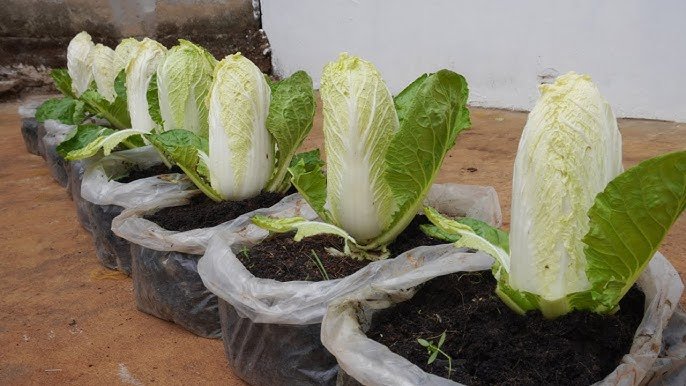
If you’re starting from seeds:
- Sow 3–4 seeds in the center of the bottle, about half an inch deep.
- Cover lightly with soil and mist with water.
- Once seedlings sprout and grow 3–4 true leaves, thin them out — leave only the strongest one.
If you’re using seedlings:
- Make a small hole in the center of the bottle and gently place your seedling in it.
- Press the soil around it firmly but gently.
Napa cabbage grows best when it has enough root space, so keep only one plant per bottle for optimal growth.
Step 3: Find the Perfect Spot
Napa cabbage prefers cool weather and partial sunlight. Place your bottle garden in a spot that gets 4–6 hours of sunlight daily.
Avoid areas with strong, direct afternoon sun — the heat can cause the leaves to wilt or the plant to bolt prematurely (go to flower). Morning or filtered sunlight is ideal.
If you live in a hot region, create a simple shade cover using a piece of cloth or netting.
Step 4: Watering and Care
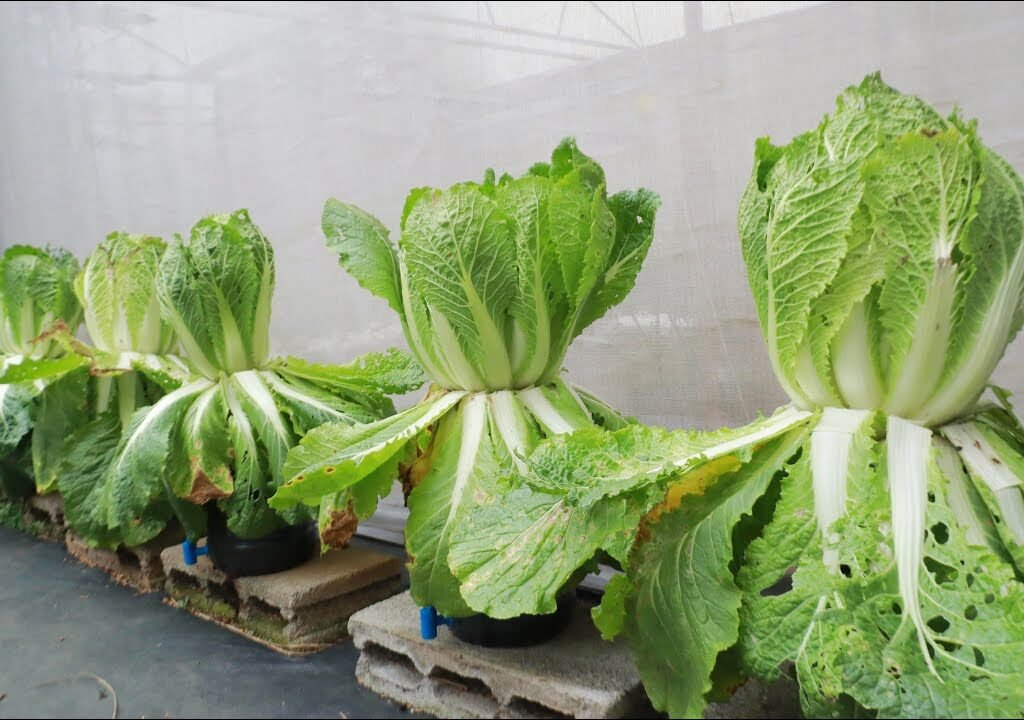
Proper watering is key to lush cabbage growth.
- Keep the soil consistently moist, but not soggy.
- Water slowly until it drains out the bottom holes.
- During hot weather, water twice daily — early morning and late afternoon.
To boost growth, feed your cabbage with a liquid organic fertilizer (like compost tea or diluted fish emulsion) every 10–14 days. This helps the plant grow strong leaves and a large head, even in a small container.
Step 5: Pest and Disease Control
Even when grown in bottles, cabbage plants can attract pests like aphids, caterpillars, or slugs. Here’s how to keep them away naturally:
- Neem oil spray: Mix neem oil with water and a few drops of dish soap, then spray it on the leaves.
- Garlic or chili spray: Natural repellents that keep insects away.
- Inspect regularly: Check the undersides of leaves for eggs or larvae and remove them by hand.
Since plastic bottles are portable, you can easily move your plant indoors or to a shaded spot if pests become a problem.
Step 6: Encourage Lush Growth
To help your Napa cabbage grow large and healthy:
- Loosen the soil lightly every 10 days to improve aeration.
- Remove yellowing leaves to redirect energy to new growth.
- Feed regularly — nitrogen-rich fertilizers (like compost or worm castings) promote lush, leafy growth.
- Ensure enough space — if you’re growing multiple bottles, keep some distance between them for proper airflow.
Even though the bottle is small, these practices allow the roots to thrive and produce an unexpectedly big, leafy cabbage.
Step 7: Harvesting Napa Cabbage
Napa cabbage takes around 70–90 days to mature, depending on the variety and growing conditions.
Signs it’s ready to harvest:
- The cabbage head feels firm and compact.
- Outer leaves are large and healthy.
- The plant has reached around 10–14 inches in height.
Use a sharp knife to cut the cabbage at the base. Don’t uproot it completely — if you leave the roots intact, sometimes a smaller second head will regrow!
After harvesting, rinse the leaves, let them dry, and enjoy your fresh, organic cabbage in soups, stir-fries, or homemade kimchi.
Step 8: Regrowing from the Base (Bonus Tip!)
Don’t throw away the leftover base after harvesting! You can regrow Napa cabbage from its stem:
- Cut off the base, leaving about 2 inches of the stem.
- Place it in a shallow dish with water.
- After a few days, new leaves will sprout from the center.
- Once roots appear, transplant it back into soil or your plastic bottle.
This regrowth trick gives you an endless supply of cabbage greens without new seeds!
Common Problems and How to Fix Them
| Problem | Cause | Solution |
|---|---|---|
| Yellow leaves | Overwatering or poor drainage | Improve drainage, reduce watering frequency |
| Leggy growth | Not enough sunlight | Move bottle to a brighter area |
| Bolting (flowering early) | Too much heat | Provide shade and keep soil moist |
| Small heads | Lack of nutrients | Add compost or organic fertilizer regularly |
The Unexpected Result
When you first plant Napa cabbage in a small plastic bottle, it’s easy to doubt whether it can grow big. But with the right care, the results are truly surprising — the leaves grow broad, the stems strong, and the head forms just as beautifully as in a garden bed.
This unexpected success story is proof that you don’t need a large garden to grow healthy vegetables. A few recycled bottles, patience, and love for plants are all it takes.
Final Thoughts
Growing Napa cabbage in a small plastic bottle is a perfect example of how sustainable gardening can be both innovative and rewarding. It’s an eco-friendly way to reuse waste, save space, and still enjoy a fresh, nutritious harvest.
Whether you’re a beginner gardener or an experienced grower, this method invites you to think creatively about what’s possible — turning something as ordinary as a plastic bottle into a mini garden that yields unexpectedly lush and big results.
So next time you finish a soda or water bottle, don’t throw it away — give it new life as a home for your next Napa cabbage plant. Your garden (and the planet) will thank you!
